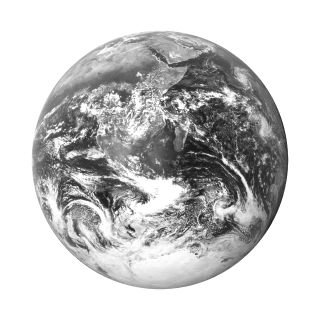

Overview
Mecca is only accessible by Muslims, who often describe the moment they first lay eyes on the city's sacred Kaaba as an overwhelmingly emotional experience. For those living outside the Kingdom, a visit to Mecca – generally spelt 'Makkah' by Muslims and in Saudi Arabia – is a lifelong dream. Coming here to perform the hajj pilgrimage is a religious obligation for all Muslims who are financially and physically able to do so.
Plan your trip with Guide, an AI travel planner!
Create a personalized trip itinerary in seconds using artificial intelligence.
Must-see attractions
in partnership with getyourguide





